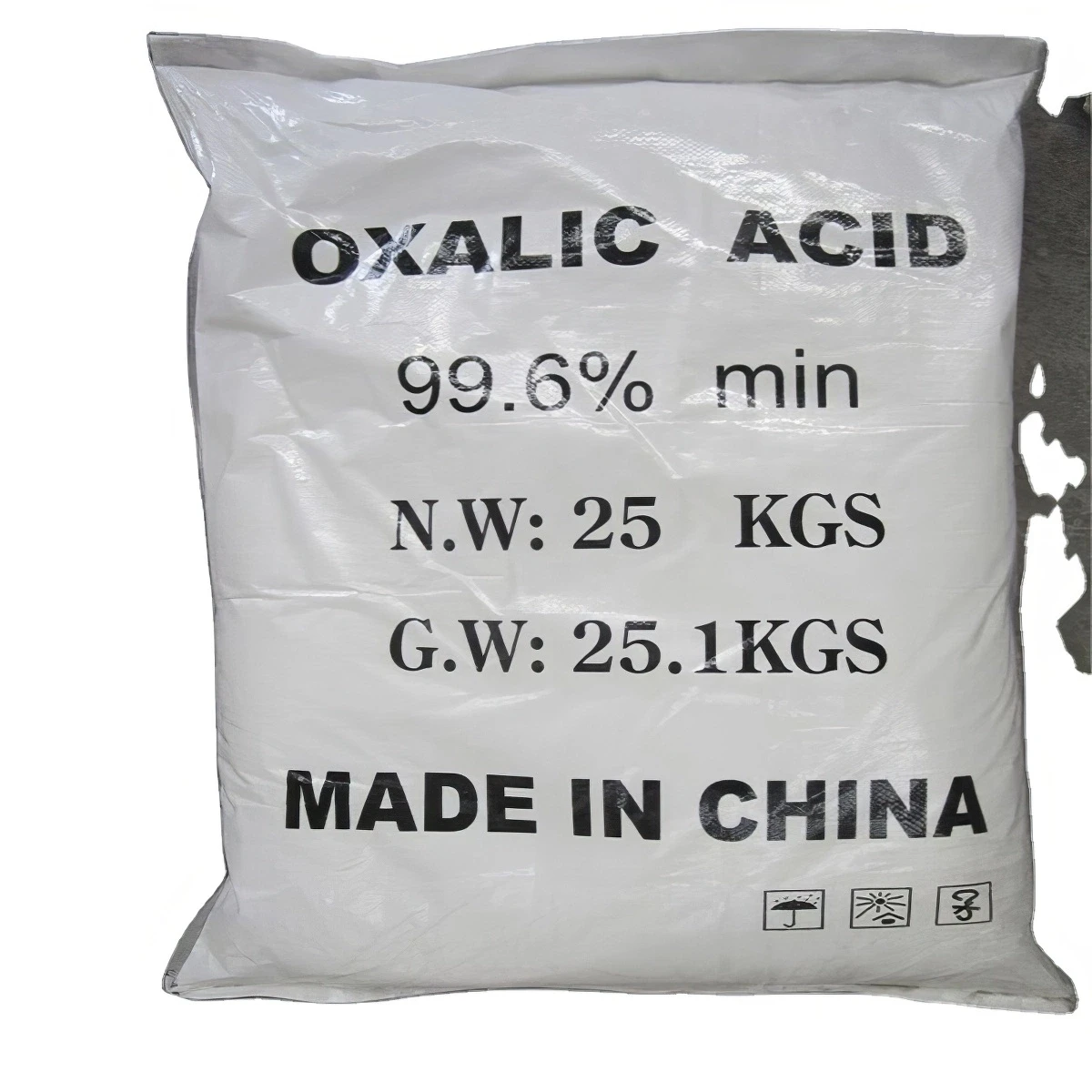



Ammonium Dihydrogen Phosphate and Its Applications in Various Chemical Processes
Ammonium Dihydrogen Phosphate Properties, Uses, and Applications
Ammonium dihydrogen phosphate, commonly referred to as ADP or monoammonium phosphate (MAP), is a chemical compound with the formula NH4H2PO4. This crystalline substance typically appears as a white powder and serves multiple functions across various industries. As a member of the phosphate family, ADP plays a critical role in both agricultural and industrial applications, making it a compound of considerable interest.
Chemical Composition and Properties
Ammonium dihydrogen phosphate consists of ammonium ions (NH4+) and dihydrogen phosphate ions (H2PO4−), which together form an ionic compound that is highly soluble in water. One of its most notable attributes is its relatively low melting point, which is around 190 °C (374 °F), though it can decompose at higher temperatures. Due to its hygroscopic nature, ADP absorbs moisture from the environment, leading to the need for proper storage conditions to maintain its efficacy.
The pH of an ADP solution tends to be slightly acidic, which makes it suitable for various soil types, particularly those that may require neutralization or correction of alkaline conditions. Its solubility in water enhances its effectiveness as a fertilizer by facilitating the availability of essential nutrients to plants.
Agricultural Uses
One of the primary applications of ammonium dihydrogen phosphate is in the realm of agriculture. It is widely utilized as a fertilizer, supplying essential nutrients such as nitrogen (N) and phosphorus (P), which are crucial for plant growth and development. The N-P-K ratio (Nitrogen, Phophorus, and Potassium) of ADP is 11-52-0, which makes it an excellent source of phosphorus, a nutrient vital for root development, flowering, and overall plant vigor.
ADP can be applied in various forms, including granular and liquid fertilizers, and can be used in a range of agricultural settings—from large-scale farming operations to home gardening. It is particularly beneficial in areas with poor soil quality, where the introduction of sufficient phosphorus is essential for achieving optimal crop yields.
ammonium di hydrogen phosphate

Industrial Applications
Beyond its use in agriculture, ammonium dihydrogen phosphate has a diverse array of industrial applications. One significant use is in the manufacturing of certain types of flame retardants, which can help reduce flammability in various materials. ADP's ability to release nitrogen gas upon heating contributes to its effectiveness as a fire prevention agent.
Furthermore, the compound is employed in the production of yeast and as an acidity regulator in food processing. Additionally, it serves as a buffer in biochemical applications, aiding in maintaining pH stability in various laboratory experiments. Its role in the formulation of various fertilizers also puts it at the heart of ecological farming practices where sustainable nutrient management is crucial.
Environmental Impact and Safety Considerations
While ammonium dihydrogen phosphate is generally recognized as safe for use in agriculture and industry, its application must be approached with caution. Over-fertilization can lead to nutrient runoff, which poses risks to aquatic ecosystems and contributes to issues such as eutrophication. Responsible usage and adherence to agricultural best practices are essential to mitigating these environmental impacts.
From a safety perspective, ADP is classified as a non-toxic substance, but exposure in excessive amounts should be minimized to avoid any potential irritant effects on the respiratory system or skin. Proper handling and storage protocols should always be followed to ensure safe use.
Conclusion
In summary, ammonium dihydrogen phosphate is a versatile compound with substantial importance in both agricultural and industrial contexts. Its properties as a source of essential nutrients, combined with its application in various formulations, highlight its significance in modern practices. As the demand for effective fertilizers continues to grow, so too does the need for responsible stewardship of compounds like ADP, ensuring that they contribute positively to food production and industrial processes while minimizing environmental impact.
-
Why Sodium Persulfate Is Everywhere NowNewsJul.07,2025
-
Why Polyacrylamide Is in High DemandNewsJul.07,2025
-
Understanding Paint Chemicals and Their ApplicationsNewsJul.07,2025
-
Smart Use Of Mining ChemicalsNewsJul.07,2025
-
Practical Uses of Potassium MonopersulfateNewsJul.07,2025
-
Agrochemicals In Real FarmingNewsJul.07,2025
-
Sodium Chlorite Hot UsesNewsJul.01,2025










